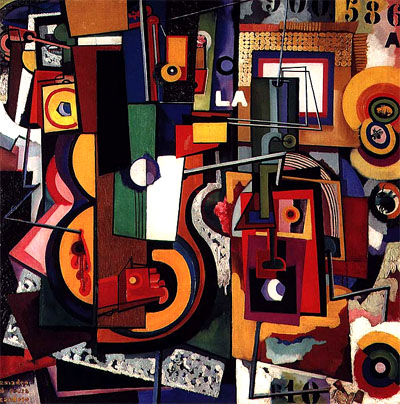
They nurtured his talent and paid for the best art school education they could afford as well as feeding his knowledge with visits to museums and galleries to see the works of the old masters. Pablo Picasso was born in Spain to a creative family, his father, who was a painter taught him when he saw that his son had talent. Photo Source: Unsplash The Most Well Known Cubist Artists Picasso The Cubism art movement was lead by a true visionary. It wanted to challenge how things were seen, instead of giving you a single point of view it gave you multiple points of view, making all of the sides of an object visible at the same time.įind yourself a good art tutor here.

The secondary phase of Cubism, which began in 1912 - 1920, was called synthetic cubism.It was inspired by the artist Cezanne style of painting. An example of this is ‘The Woman On A Guitar’ by George Braque.

In sharp angular and flat areas, often monochrome and lacking colour. The primary phase of cubism, which began in 1909 - 1912, was called Analytic Cubism it focused on reproducing geometric forms from the subject.There are two branches of the movement Analytic Cubism and Synthetic cubism. Cubism was a movement that developed and evolved to address different ideas and inspirations.The foreground and background blended together, showing the same object from different angles. Cubism experimented with figures and objects showing how space flowed freely through them.Realistic reproductions were not accepted as Cubism. Cubists turned away from modelling subjects within the work in traditional ways.Cubism was a modern art movement that challenges the idea of perspective, depth and space.However, it is said that Henri Matisse (expressionist and post- impressionist painter) coined the term ‘Cubism’ when describing Braque's painting ‘Houses at l’estaque’ as little cubes. The founder of Cubism was Pablo Picasso, and it was developed together with George Braque.Let's go 10 Facts And Characteristics And Ideas Of The Cubist Style We will read more about him later let’s learn more about Cubism. From the blue period to surrealism, Picasso was an experimental artist that was a multiskilled genius. He saw his work as one continuation, but the abrupt shifts in styles are clear to everyone else. They expanded into sculpture and as they experimented Cubism developed in 2 stages Analytic Cubism which focused on form and also shape whilst synthetic Cubism with focused on form mixed media and texture. Interestingly Picasso actually rejected the term cubist and especially the phases that critics had used to define it. Often using objects or figures for inspiration, Picasso and Brague worked tirelessly to shape their movement.

They worked together through abstract and fragmented shapes and images. They also used collage on their canvases which really defined them as cutting edge artists of the period. They wanted to present a new way of seeing and expressing themselves that also reflected the world around them as they saw it. It is said that the two were inseparable as they worked to develop Cubism and establish their shared vision. He was undoubtedly an artistic genius founding Cubism, inventing collage and laying the path for symbolism and surrealism. Picasso became friends with another important artist for Cubism, called George Braque. Pablo Ruiz Picasso was one of the most dominant young artists in the early twentieth century. These forms are what inspired the name Cubism as sometimes the forms would resemble small cubes. Often the artworks presented their new vision in geometric shapes or forms that were given depth and texture. This challenged the art of the period, giving a new meaning to what reality was and what it is that we are actually seeing. Showing all side of an object in one image or using mixed media and Pure abstraction to represent it. Cubists wanted to challenge the idea of space and perception, and so they created images that present form in new ways.


 0 kommentar(er)
0 kommentar(er)
